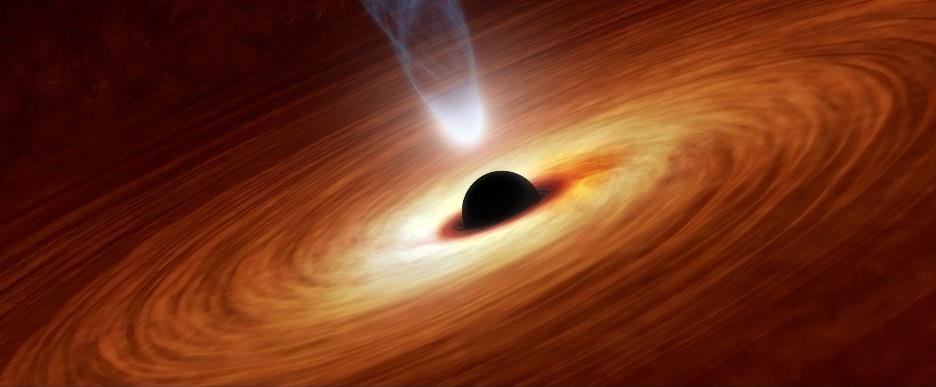
The discovery of black holes represents one of the most profound milestones in our understanding of the universe. These cosmic phenomena, regions of spacetime where gravity is so strong that nothing, not even light, can escape, are a testament to the complexity and majesty of the cosmos. This essay explores how the Qur’an, a text over 1,400 years old, contains verses that describe cosmic phenomena remarkably similar to modern understandings of black holes, arguing that such detailed knowledge points to the miraculous nature of this sacred book.
Black Holes: A Modern Understanding
Black holes were first theoretically postulated by John Michell in 1783 and later by Albert
Einstein’s theory of general relativity in 1915, which predicted the existence of regions in space
where gravity could crush matter into an infinitely small point. These predictions were purely
theoretical until the first physical black hole was identified in 1971. This discovery forced a
reassessment of our understanding of physics and the universe.
The Qur’an and Cosmic Phenomena
The Qur’an, revealed to Prophet Muhammad over a period of 23 years in the 7th century CE, contains references to numerous natural phenomena that have intrigued scholars and scientists alike. Its verses cover a range of topics, from the development of the human embryo to the expansion of the universe, that were not within the reach of scientific knowledge at the time.
Particularly, verses like Surah Al-Mursalat (77:8-9), which mentions “When the stars are obliterated, And when the sky is split open,” and Surah At-Tariq (86:1-3), referring to the “Knocker” (commonly interpreted as a bright star), have sparked discussions among modern Muslim scholars and astrophysicists. They suggest these verses might allude to phenomena similar to the gravitational collapse and the intense energy emissions of black holes.
The Argument for the Miracle Nature of the Qur’an
The contention that the Qur’an contains knowledge of black holes before they were scientifically discovered rests on several pillars:
1. **Historical Context**: The 7th-century Arabian Peninsula, where the Qur’an was revealed, was not a center of astronomical or scientific study. The detailed nature of these descriptions suggests they could not have been the result of human conjecture at the time.
2. **Scientific Accuracy**: The descriptions within the Qur’an of cosmic phenomena match with modern astronomical findings in ways that were not understood by contemporary science until many centuries later.
3. **Consistency and Clarity**: Across various subjects, the Qur’an maintains a consistent and clear reference to natural phenomena that align with modern scientific understanding, suggesting a source of knowledge beyond the time’s human capability.
Conclusion
The representation of black holes and other cosmic phenomena in the Qur’an challenges the notion of its human authorship, considering the period and the geographical and intellectual context of its revelation. The accuracy with which these phenomena are described, paralleling modern scientific discoveries, posits the Qur’an not just as a spiritual guide but as a text containing profound layers of knowledge that were unfathomable at the time of its revelation. This confluence of divine wisdom and scientific knowledge underscores the miraculous nature of the Qur’an, reinforcing the belief in its divine origin and the prophethood of Muhammad as a messenger conveying truths beyond contemporary human understanding.


